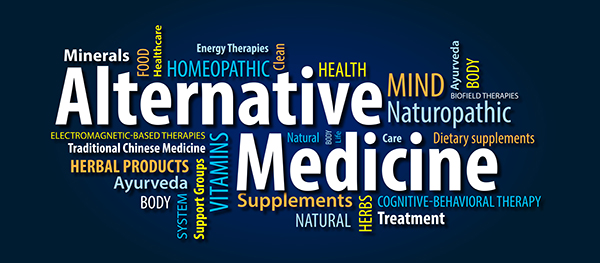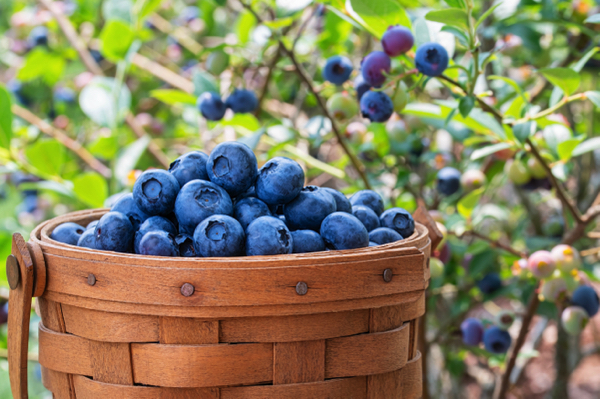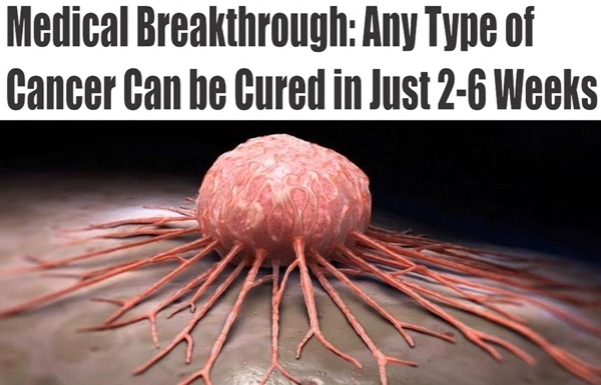Exploring the intersection of cancer and natural medicine: A comprehensive review of John C. Boik's "Cancer and Natural Medicine"
- The book "Cancer and Natural Medicine" by John C. Boik provides a detailed examination of the potential benefits and limitations of natural therapies in treating cancer, a leading cause of death globally.
- Despite the "war on cancer" declared in the 1970s, cancer incidence in the U.S. has risen by 44 percent over the past 40 years, with a three percent increase in mortality. Approximately 42 percent of males and 39 percent of females will develop cancer in their lifetime.
- There is a significant trend of cancer patients turning to complementary therapies, with usage rates ranging from nine percent to as high as 60 percent in various studies. This trend is observed internationally, with notable usage in London hospitals and South Australia.
- The book presents a mixed picture of the clinical efficacy of natural anticancer agents. While some studies suggest potential benefits in survival time and quality of life when combined with conventional treatment, overall efficacy remains unclear. Clinical studies in China show more positive results, but most research is still in the preclinical phase.
- The book delves into the science of cancer and natural medicine, discussing concepts like angiogenesis and immune surveillance. It highlights promising natural agents such as berberine, bromelain, genistein and quercetin, emphasizing the need for further research to determine their appropriate use and efficacy.
The book "
Cancer and Natural Medicine: A Textbook of Basic Science and Clinical Research" by John C. Boik delves into this complex and often controversial realm, offering a detailed exploration of the potential benefits and limitations of natural therapies in cancer treatment. With cancer remaining a leading cause of death in the United States and around the world, the book's insights are both timely and crucial.
Cancer has plagued humanity for centuries, with ancient civilizations documenting its devastating impact. In the United States, the situation remains dire. According to the latest data, approximately 42 percent of males and 39 percent of females will develop cancer at some point in their lives. Despite the "war on cancer" declared by the U.S. Congress in the early 1970s, which led to the establishment of the Surveillance, Epidemiology and End Results (SEER) program, the
overall incidence of cancer has increased by 44 percent over the past 40 years, while overall mortality has risen by three percent.
In response to these alarming statistics, many patients are turning to complementary therapies. A recent survey estimated that nine percent of cancer patients use complementary therapies, but other studies suggest the figure could be as high as 60 percent. This trend is not limited to the U.S.; in London hospitals, 16 percent of cancer patients reported using complementary therapies, while in South Australia, 46 percent of children with cancer had used at least one complementary therapy.
Boik's book delves into the
clinical efficacy of natural anticancer agents, presenting a mixed picture. While some studies suggest that combining herbal medicine with conventional treatment may moderately increase survival time and improve quality of life, the overall efficacy remains unclear. For instance, a study conducted in San Diego compared the outcomes of patients treated at a prominent complementary cancer clinic with those receiving conventional medicine. Both groups exhibited a mean survival period of 15 months, highlighting the need for more comprehensive research.
Clinical studies in China tend to be more positive, suggesting that herbal medicine may enhance the effects of conventional treatment. However, as Boik points out, most research on natural anticancer agents is still in the preclinical phase, with limited funding available for these studies.
The book provides a detailed explanation of the science behind cancer and natural medicine. Cancer is characterized by the uncontrolled growth of poorly differentiated cells, triggered by initiating factors such as chemical carcinogens, viruses and ionizing radiation. Free radicals, unstable molecules that can damage DNA, proteins and lipids, play a significant role in this process. Antioxidants, abundant in fruits and vegetables, help neutralize these free radicals and protect the cells.
Another key area of focus is angiogenesis, the process by which tumors develop their own blood supply. Natural agents that inhibit angiogenesis are being studied for their potential to starve tumors of the nutrients they need to grow. The book also explores the concept of immune surveillance, the idea that the immune system searches for and destroys newly transformed cells. However, tumors can evade immune detection through various mechanisms, such as suppressing immune responses or altering their surface antigens.
Boik highlights several
natural agents that show promise in cancer treatment, including berberine, bromelain, genistein and quercetin. These agents have been shown to exhibit antitumor activity and enhance immune function. For example, polysaccharides from certain plants, like Astragalus membranaceus and Ganoderma lucidum, have demonstrated potential in boosting the immune system and fighting cancer.
In conclusion, "Cancer and Natural Medicine" offers a comprehensive overview of the complex interplay between cancer and natural medicine. While the book acknowledges the challenges and limitations of current research, it also highlights the potential of natural agents to complement conventional cancer treatment.
Learn more about the book "
Cancer and Natural Medicine" by watching the video below.
This video is from the
BrightLearn channel on Brighteon.com.
Sources include:
Brighteon.ai
Brighteon.com
 Parler
Parler Gab
Gab










